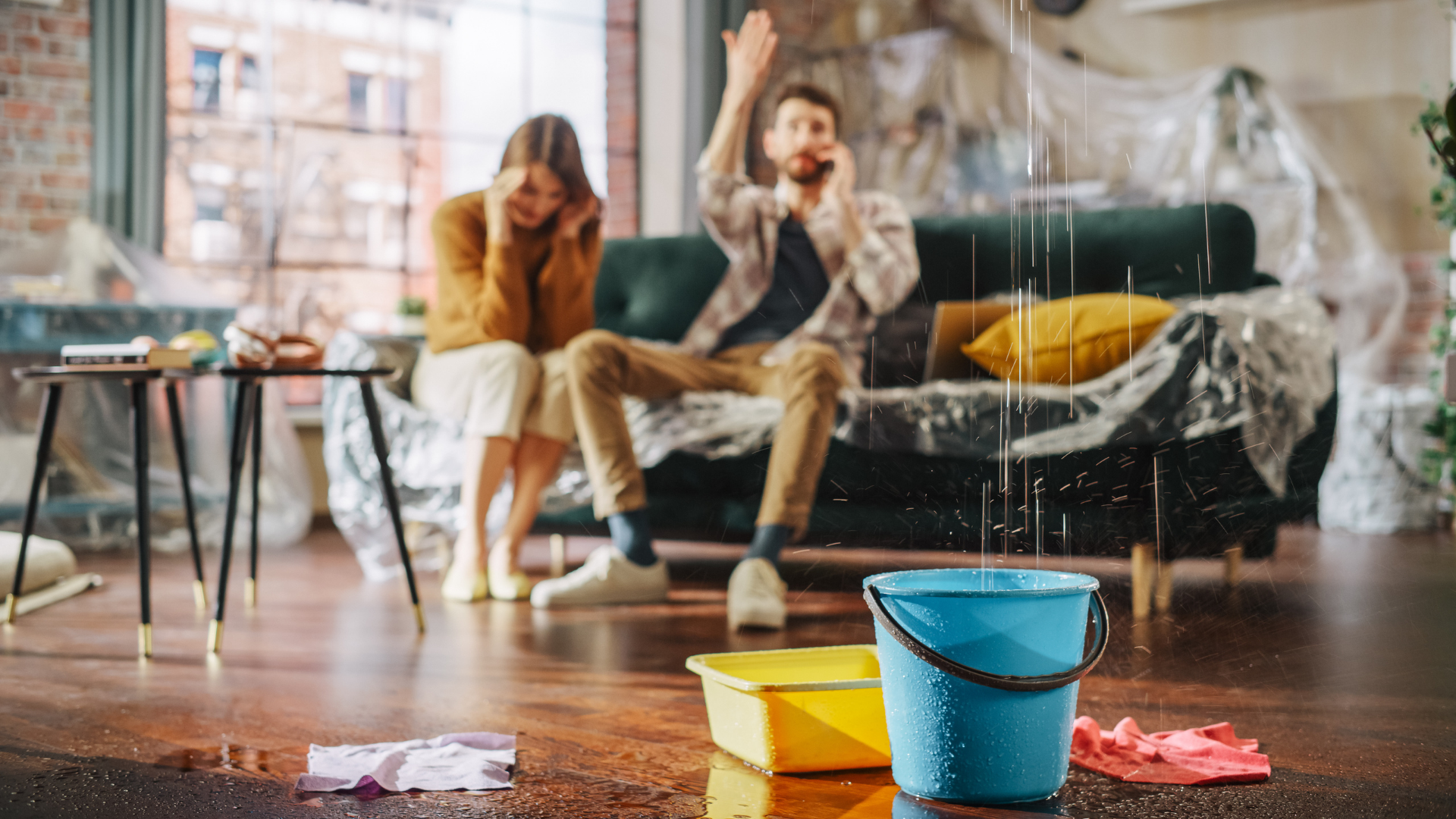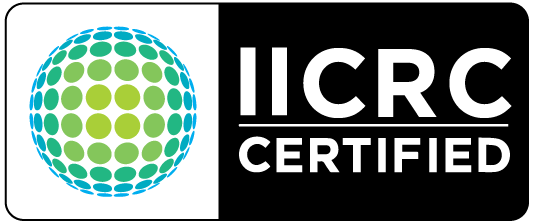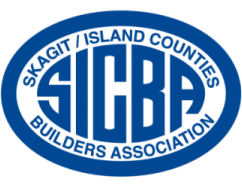Natural Mold Removal Solutions That Work
Using Everyday Household Items To Kill Mold Safely
Mold isn’t just a cosmetic issue, it’s a sign that something deeper is happening inside a building. When moisture lingers where it doesn’t belong, it creates a perfect environment for spores to grow and spread. That’s why wiping down a wall or spraying a little cleaner on a patch doesn’t really fix things. Mold often takes hold inside walls, under flooring, or in ceilings where leaks or condensation have been quietly doing damage for a while.
It doesn’t take much moisture for a problem to begin. A tiny roof leak, a slow plumbing drip, or even a humid basement can give mold exactly what it wants. Once it starts growing, it spreads fast, feeding on drywall, wood, and even dust. What people sometimes overlook is that this type of fungal growth is more than just unpleasant, it undeniably changes the way a home feels and smells. And when it reaches certain materials, removing it completely becomes far more complicated than it seems.
The first step to tackling it effectively is identifying the source of the problem. There’s no point in scrubbing away visible mold if the underlying leak or humidity issue is still there. Without addressing the root cause, the growth will come right back. A proper inspection can make the difference between a quick fix and a long-term solution.
The Truth About Common Household Remedies
Many people reach for household products when they first notice fungal growth in their home. Vinegar, baking soda, hydrogen peroxide, and even Lysol often come to mind as quick, non-toxic cleaning options. And it’s true, these items can help remove surface mold on nonporous materials. Vinegar, for example, has mild acidic properties that can help break down the visible fungus on tile or glass. Baking soda can scrub away residue while also absorbing some of the lingering odor. Hydrogen peroxide works as a light disinfectant and can brighten areas that have been stained by mildew.
These products have their place. They’re inexpensive, easy to find, and don’t fill a room with strong chemical smells. However, the problem begins when people assume that a visible cleanup means the problem is gone. In reality, surface cleaning rarely reaches deep into porous materials like wood or drywall, where mold can grow beneath the surface. Even if it looks like it’s disappeared, it may continue spreading out of sight.
Another issue with DIY cleaning is the lack of protective equipment. Mold spores can become airborne during cleaning, especially when scrubbing or spraying is involved. Wearing gloves, goggles, and a respirator can help reduce exposure, but many people skip those steps. It’s also easy to unintentionally spread spores through air currents or on your clothes ,which can lead to new colonies forming in other parts of the home.
For anyone determined to try a small cleaning project, it’s important to take precautions. Keep the area well ventilated, wear proper protective gear, and avoid mixing cleaning solutions that can cause chemical reactions. But for significant or recurring growth, professional help is strongly advised. Even though natural remedies like vinegar and baking soda can make a difference, they’re rarely enough to handle the root of the issue safely or thoroughly.
Why Attempting DIY Can Make Things Worse
It’s tempting to handle this type of problem without calling in a professional. A quick video tutorial or a few cleaning products might seem like a cheap, efficient fix. The truth is that do-it-yourself methods often make things worse. When someone starts cleaning without understanding how extensive the contamination is, spores can easily spread throughout the space. What began as a small area of growth can multiply, hiding in vents, carpets, or behind furniture.
Mold doesn’t behave predictably. Some species can grow quickly under certain conditions, and others may remain dormant for long periods before suddenly spreading. Without testing and containment measures, there’s no reliable way to know how far it’s gone. That’s one reason why professional mold removal companies take such a cautious, step-by-step approach. They isolate affected areas, use specialized filtration systems, and dispose of contaminated materials in a controlled way.
Doing it yourself also increases the risk of missing the real cause. A small patch of mold in a bathroom might seem easy to handle, but what if it’s actually the result of a hidden plumbing leak inside the wall? Without fixing that leak, the problem will return again and again. Professionals are trained not just to remove mold but also to identify where the moisture is coming from and how to stop it for good.
While it might sound like an unnecessary expense, professional remediation is an investment in protecting your home and health. Attempting to handle it on your own might save a few dollars in the short term but often leads to higher repair costs later on. And beyond the inconvenience, there’s the peace of mind that comes from knowing the problem has been handled correctly.
The Value Of Professional Inspections
Professional inspections do far more than confirm what you can already see. They help uncover what’s hidden, which is where the real trouble often lies. Trained inspectors use tools like moisture meters, thermal imaging, and air sampling to locate hidden fungal colonies and the conditions that allow them to grow. Even a home that looks spotless can have this kind of problem developing behind the scenes.
One of the most important reasons to have an inspection done is to identify potentially harmful types of mold. Not every variety poses the same level of concern, but it’s difficult to tell one from another without testing. Professionals can determine what kind of growth you’re dealing with and how extensive it is, then recommend a proper plan for removal.
Inspections also help reveal the conditions that caused the issue in the first place, whether that's poor ventilation, leaks, or insufficient insulation. If these underlying problems aren’t corrected, mold can easily return, even after it’s been removed. In this sense, inspection and prevention go hand in hand. It’s not only about removing what’s there but making sure the environment no longer supports it.
While some homeowners attempt inspections themselves, there’s a level of expertise and equipment that makes professional assessments far more thorough. It’s similar to having a mechanic look under the hood rather than guessing what’s wrong with a car by the sound it makes. The trained eye and precise tools provide a clearer picture and a more reliable solution.
Real Solutions, Real Results
At the end of the day, effective removal is about more than cleaning what you can see. It’s about understanding how and why it started, dealing with it safely, and ensuring it doesn’t come back. Natural cleaning methods like vinegar, baking soda, and hydrogen peroxide can help manage small patches on hard surfaces, but they don’t replace the thorough remediation that professional teams provide.
If you’ve noticed persistent musty smells, discoloration on walls or ceilings, or recent water damage, it’s worth scheduling an inspection. Our specialists at Cleaner Guys use advanced tools and proven techniques to identify, remove, and prevent mold growth in homes and businesses. We focus on finding the real source of moisture problems and restoring the comfort and integrity of your space.
Don’t wait for a small issue to turn into something larger.
Contact us at Cleaner Guys today to schedule an inspection or remediation service. Whether you’re dealing with mold, water damage, or fire restoration needs, our team is ready to help you bring your property back to its best condition.



